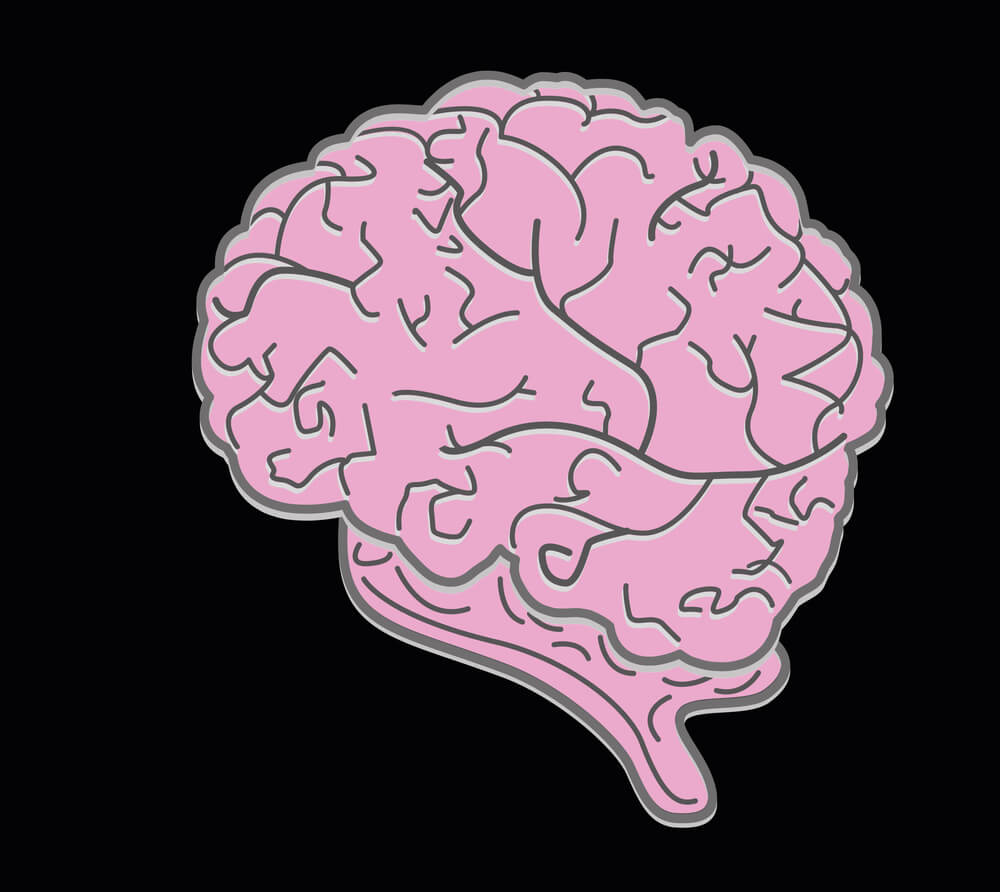Although neuroarchitecture appears to be a new discipline, the truth is that it is about to turn seventy years old; decades in which its most important goal has not changed, its function is to create spaces of happiness, well-being, productivity and quality of life, that is, buildings that reduce stress and anxiety.
It is a branch in which architects and neuroscientists collaborate to achieve the goal of designing spaces and buildings focused on the functioning of the brain of those who occupy them. The position of the windows, the angles of walls and furniture, the colors, textures, spaces and sounds, among others, are the components on which this science is based?Shared?
- From the point of view of creating buildings that affect the functioning of the brain.
- It can be said to be a discipline that refers to the first Gothic buildings.
- Although as science it is much younger.
In fact, we can say that neuroarchitecture, as we know it today, was born about 25 years ago, was inspired by the neuroplasticity of the brain. Neuroarchitecture is a discipline that focuses on how the environment alters brain chemistry and therefore emotions, thoughts and behaviors.
Dr. Fred Gage, a neuroscientist at the Salk Institute, analyzed the effects on the brain caused by changes in the environment, his interest is focused on understanding how the brain interprets, analyzes and reconstructs the space around it. In this way, neuroscience provides valuable clues to architects on how to distribute spaces.
The creation of certain environments leads the brain to practice mechanisms that produce the hormones necessary for the development of emotions and certain sensations.
“Changes in the environment change the brain and therefore change our behavior. “Fred Gage.
It is estimated that humans spend more than 90% of their time inside buildings, knowing how the environment has power over the brain, this data alone already gives us a lot of information, and a very clear idea of the importance of creating more humans. , healthy and well-being buildings. Neuroarchitecture focuses on both aesthetic spaces and symbolic aspects.
Neuroscience can map the brain and understand what stimulates it and what kind of things activate it. A building whose architecture inspires calm has nothing to do with another that inspires anxiety, for example.
In this sense, neuroarchitecture works with concepts such as the amount and projection of light or the height of the ceilings, knows how to influence creativity and productivity. It considers that architectural elements produce a collaborative effect or a need for intimacy in the brain.
We know several architectural elements that influence our mental state, for example, it is known that architectural projects with visible or sharp angles promote the appearance of constraints, rectangular spaces have a lower impression of enclosed space than square floor designs.
Lighting is another important element. Artificial bad light forces the brain to work harder on the task, which influences productivity, for example.
Raised ceilings are suitable for creative and artistic activities, while low ceilings promote concentration and routine work.
Colors condition mood and therefore decisions and attitudes. Green colors reduce heart rate and relieve stress. Red tones stimulate cognitive and attention processes, so they are of great help in tasks that require high mental focus.
In recent years neuroarchitecture has understood the importance of outdoor spaces and nature for the proper functioning of the brain, after all, it is as fundamental as recharging the battery of electronic devices, nature gives the brain the ability to disconnect and recharge.
Another important element when disconnecting is offered by the auditory cortex, this area of the brain deals with the interpretation of sound vibrations, it is known that when a person activates this area with music to his liking, generates additional amounts of dopamine, a hormone that improves concentration at work.

